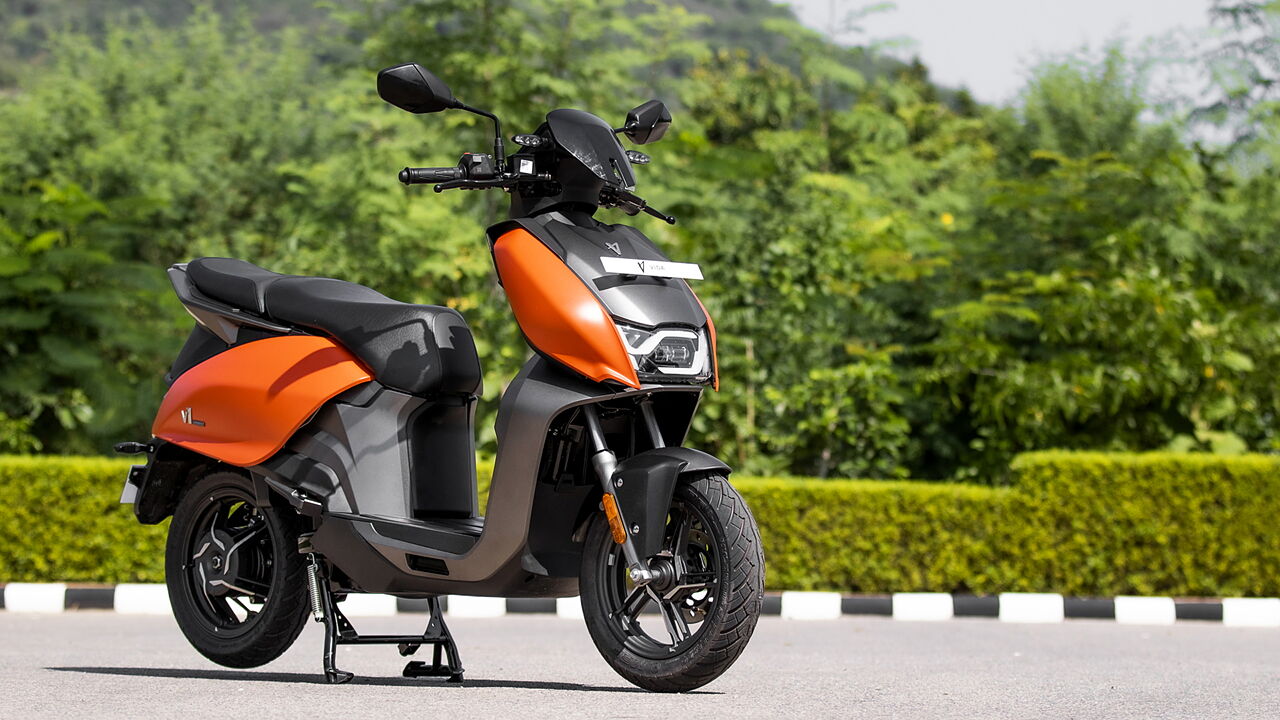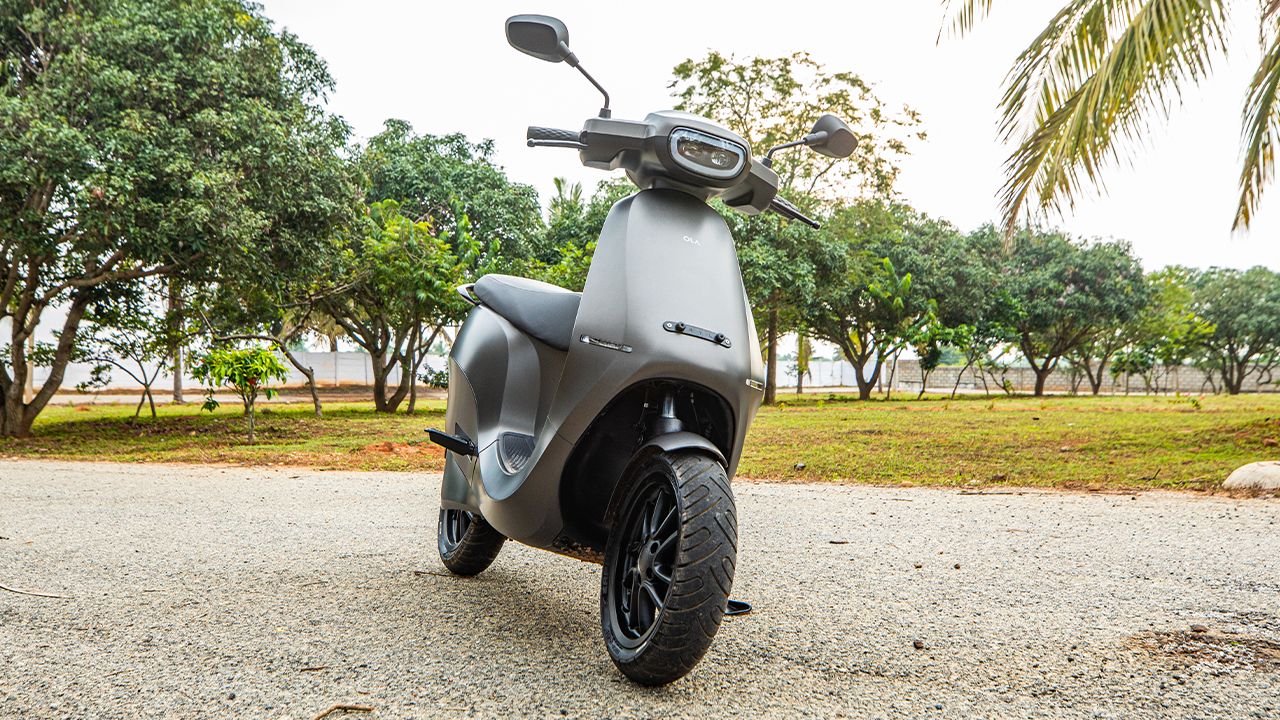Blog page

5 min read
Understand the Inner Workings of an Electric Vehicle: How an EV Works
Electric vehicles (EVs) are becoming an increasingly popular alternative to traditional petrol-powered vehicles. These vehicles use electric motors and rechargeable batteries to power the car, rather than the internal combustion engine that is used in traditional cars. In this blog post, we will explore the basic mechanics of how an electric vehicle works, including how the electric motor and battery system function, and how the car is charged.
Electric Motor :
The heart of an electric vehicle is its electric motor. The electric motor is responsible for converting electrical energy from the battery into mechanical energy that powers the car. Unlike a traditional internal combustion engine, which relies on fuel to generate power, the electric motor in an EV uses electricity from the battery to create motion.
The electric motor in an EV is typically a type of DC motor, which uses direct current (DC) electricity to generate power. The motor has two main components: the rotor, which is the rotating part of the motor, and the stator, which is the stationary part of the motor. The rotor contains a set of magnets, while the stator contains a set of coils. When electricity is applied to the coils, it creates a magnetic field, which interacts with the magnetic field of the rotor, causing the rotor to rotate. This rotation is transferred to the wheels of the car through a gear system, which enables the car to move.
Battery :
An electric vehicle's battery is responsible for storing and supplying the electricity that powers the electric motor. The battery is made up of a number of individual cells, which are connected together to create a single battery pack. The cells are typically lithium-ion batteries, which are rechargeable and have a high energy density.
The battery pack of an EV is typically located under the car's floor, which helps to lower the center of gravity and improve handling. The battery pack can be recharged by connecting it to an external power source, such as a charging station or a household outlet.
Recharging :
Recharging an electric vehicle is typically done by connecting the car to an external power source, such as a charging station or a household outlet. There are a few different types of charging methods available, including Level 1, Level 2, and Level 3 charging.
Level 1
Level 1 charging is the slowest method of charging, and typically involves plugging the car into a standard household outlet. This method can take several hours to fully charge a car, and is typically used as an emergency backup option.

Rs. 1,19,999 || 80 Kmph || 165 Kms/ charge || 3.94 kwh
Level 2
Level 2 charging is faster than Level 1 charging, and typically involves plugging the car into a dedicated charging station. This method can typically charge a car in a few hours, and is typically used for overnight charging at home.
Level 3
Level 3 charging, also known as DC fast charging, is the fastest method of charging, and can charge a car in a matter of minutes. This method is typically used for public charging stations and can be found at many shopping centers, parking garages and other places with a high volume of traffic.
Drivetrain :
The drivetrain of an electric vehicle is the system that transfers power from the electric motor to the wheels of the car. The drivetrain typically consists of the electric motor, a gear system, and the wheels. The electric motor is connected to the gear system, which reduces the speed of the motor and increases the torque, or turning force, that is applied to the wheels. This enables the car to move efficiently, even at low speeds.
Regenerative Braking :
Regenerative braking is a feature that is unique to electric vehicles. It allows the car to capture and store energy that is normally lost during braking. When the driver applies the brakes, the electric motor of the car acts as a generator, capturing the energy that would normally be lost as heat and storing it in the battery. This process slows the car down while also charging the battery, which helps to extend the car's range and improve overall efficiency.
Regenerative braking is not only beneficial for the car, but also for the environment as well. It reduces the amount of energy that is lost during braking, which in turn reduces the amount of energy that needs to be produced in order to power the car. This can help to reduce the overall carbon footprint of an electric vehicle.
Summary :
An electric vehicle is a type of vehicle that uses an electric motor and rechargeable battery to power the car, rather than a traditional internal combustion engine. The electric motor converts electrical energy from the battery into mechanical energy that powers the car, while the battery stores and supplies the electricity that powers the electric motor. The car is charged by connecting it to an external power source, such as a charging station or a household outlet. The drivetrain of an electric vehicle is the system that transfers power from the electric motor to the wheels of the car. Additionally, regenerative braking system captures the energy that would normally be lost as heat and stores it in the battery which helps to extend the car's range and improve overall efficiency.

